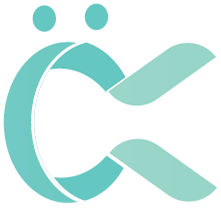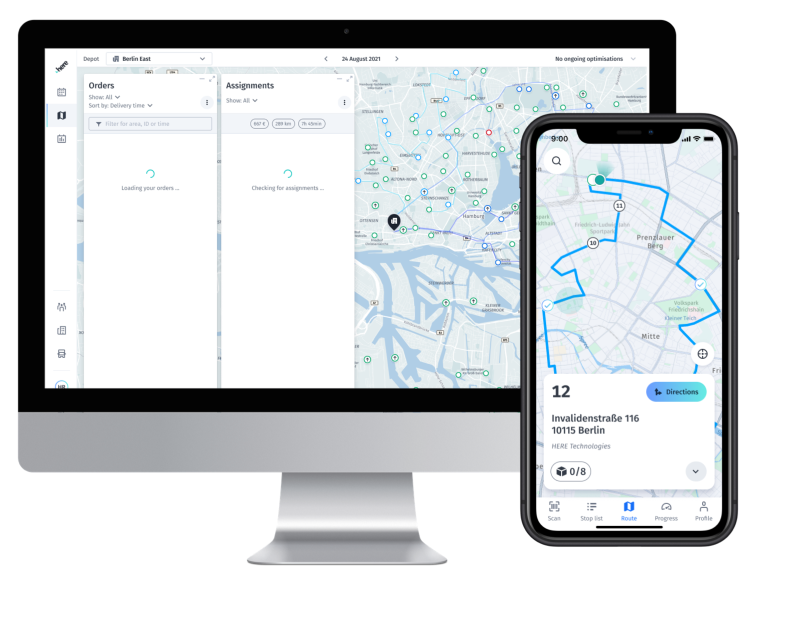Spark App
A dating app designed for self expression
At Spark App, a new dating platform from Spark Networks GmbH, I was brought on early in the ideation process to help create a product that resonates with Gen Z users. Using Spark Networks’ extensive experience and user data, the goal was to move beyond superficial swiping and foster more meaningful connections.
I conducted competitor research and user interviews to ensure our approach was user-centric, challenging assumptions along the way. I took full responsibility for designing the app’s core elements and the design system, leading the effort to introduce new features and iterating based on continuous user feedback and evolving market trends.
My Role: UX/UI Designer, Graphic Design
Team: 1 Project manager, 1 Product Owner, 8 Developers
I conducted competitor research and user interviews to ensure our approach was user-centric, challenging assumptions along the way. I took full responsibility for designing the app’s core elements and the design system, leading the effort to introduce new features and iterating based on continuous user feedback and evolving market trends.
My Role: UX/UI Designer, Graphic Design
Team: 1 Project manager, 1 Product Owner, 8 Developers
Research
For our first user research, we surveyed 117 Zoosk users in exchange for an incentive. After collecting their feedback, we identified pain points and opportunity areas, then began the ideation process.
For our first user research, we surveyed 117 Zoosk users in exchange for an incentive. After collecting their feedback, we identified pain points and opportunity areas, then began the ideation process.
User journey
Following this, I have developed a comprehensive user journey encompassing all stages of the user experience. This includes identifying key journey steps, touchpoints, areas where we can innovate and distinguish ourselves, potential challenges, and the range of emotions users may encounter. Below is a glimpse into a segment of this journey.
Following this, I have developed a comprehensive user journey encompassing all stages of the user experience. This includes identifying key journey steps, touchpoints, areas where we can innovate and distinguish ourselves, potential challenges, and the range of emotions users may encounter. Below is a glimpse into a segment of this journey.
User flows
Next, I shifted focus to specific segments of the journey, crafting user flows and sketching the steps users will navigate through each stage.
Next, I shifted focus to specific segments of the journey, crafting user flows and sketching the steps users will navigate through each stage.
Here’s a brief example:
Simultaneously, I prioritized intuitive navigation and maintained uniformity across UI elements and UX patterns by developing a cohesive design system.
Ideation & Prototyping
After defining the core components of our journey, we created unique interactive elements called frames. As a small team of 10—including myself as the sole designer, along with product manager, developers, and marketers—we conducted rapid sprints to ideate and prioritize ideas. I then developed interactive design prototypes based on our top-scoring concepts.
After defining the core components of our journey, we created unique interactive elements called frames. As a small team of 10—including myself as the sole designer, along with product manager, developers, and marketers—we conducted rapid sprints to ideate and prioritize ideas. I then developed interactive design prototypes based on our top-scoring concepts.
During the prototyping phase, I concentrated on creating rapid interactive prototypes and conducting guerrilla testing, leveraging our office space at a coworking environment. This setting provided access to diverse employees from various companies, allowing me to quickly gather their feedback as they passed by.
Interactive frames
Over time, we developed 11 interactive frames that gamify how users express themselves and their preferences, making the experience enjoyable and user-friendly. By actively gathering and acting on user feedback, we addressed issues promptly and introduced engaging features. This led to our App Store rating from 2 to 4.3 in just 3 months.
Over time, we developed 11 interactive frames that gamify how users express themselves and their preferences, making the experience enjoyable and user-friendly. By actively gathering and acting on user feedback, we addressed issues promptly and introduced engaging features. This led to our App Store rating from 2 to 4.3 in just 3 months.
Post launch and monitor
Following our launch in Canada, we received overwhelmingly positive feedback over the course of six months, accompanied by continuous growth in our user base without the need for any marketing efforts. In the meanwhile, we have made sure that we are learning from our users.
Following our launch in Canada, we received overwhelmingly positive feedback over the course of six months, accompanied by continuous growth in our user base without the need for any marketing efforts. In the meanwhile, we have made sure that we are learning from our users.
Learnings
During my time working on the Spark app, I learned how crucial it is to stay flexible and open to change, especially during the unpredictable shifts of the COVID-19 pandemic. We had to adapt quickly to evolving user needs and market conditions to keep the app relevant and valuable, which taught me the importance of being responsive and adaptable in real-time.
One of the most valuable insights I gained was the importance of putting users at the center of every decision. It’s easy to fall into the trap of designing what we think is best, but the real breakthroughs came from listening to users and understanding their needs. This approach not only improved the app’s usability but also deepened user satisfaction and loyalty.
The pandemic also presented challenges, like managing surges in app usage and navigating technical constraints while dealing with fluctuating user engagement. These experiences underscored the importance of resilience and creative problem-solving. It wasn’t always easy, but finding innovative ways to tackle these issues helped maintain the app’s performance and earned the trust of our users.

